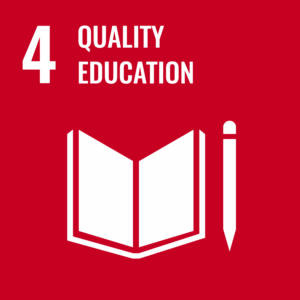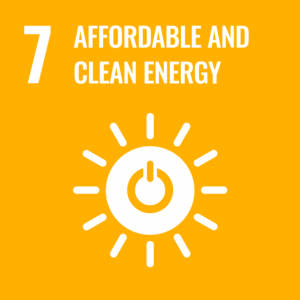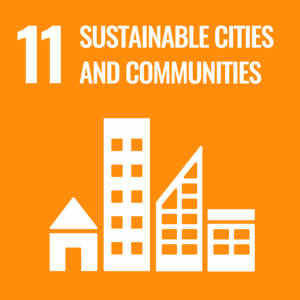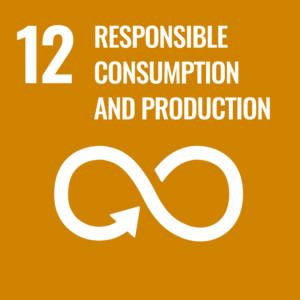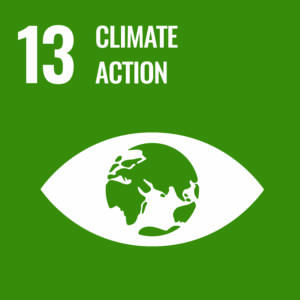
Our Sustainability Story
What we are doing at The Hepworth Wakefield
Sustainability at The Hepworth Wakefield is not a separate strand of work, it is embedded across the gallery’s spaces, systems and decisions.
It shapes how we source materials for exhibitions. How we manage our energy use. How we think about food, waste, transport, learning and community partnerships. Some actions are visible, like the compostable packaging in our café or the seed packets grown in our garden. Others are structural: a major HVAC upgrade, a shift to LED lighting, or the integration of sustainability into our procurement processes.
We know that cultural institutions have a unique role to play. We are places of reflection, connection and imagination, but also of action and influence. The question is not just how we exhibit are sustainability, but how every aspect of the gallery can reflect care for both people and the planet.
There is still work to do, but sustainability is no longer a future ambition. It is an active process underway, shared across departments, and core to how we think about responsibility, relevance and resilience.
What are the SDGs?
The Sustainable Development Goals (SDGs) are a set of 17 internationally agreed targets designed to address the world’s most urgent challenges, from climate change and biodiversity loss, to poverty, education, and equality.
Created by the United Nations in 2015 and signed by 193 countries, the SDGs aim to create a more sustainable, just, and resilient world by the year 2030. They are used by national governments, local councils, charities, schools, and increasingly public institutions like museums and galleries.
The 17 goals are ambitious covering clean energy, responsible consumption, sustainable cities, food systems, gender equality and much more, but they are also practical. Each goal is broken down into measurable targets, which makes it easier for organisations of all sizes to plan, act, and assess their progress.
What makes the SDGs powerful is their ability to link local actions to global systems. Whether it’s reducing plastic use, switching to renewable energy, or offering free outdoor education, every contribution matters and can be understood within this shared global framework.
Why use the SDGs?
We use the SDGs because they help us work with purpose, clarity, and accountability.
For a cultural institution like The Hepworth Wakefield, the SDGs offer three key benefits:
- Structure: The goals help us organise our efforts and identify gaps. Sustainability can be broad and complex; the SDGs give us a clear, balanced framework to work within.
- Connection: They allow us to place our actions in a global context, making it clear how decisions made here in Wakefield contribute to wider environmental and social goals.
- Communication: By aligning with the SDGs, we can share our work with visitors, funders, and partners in a language that is recognised and respected around the world.
The SDGs don’t replace our values they reflect and strengthen them. They help us work with intention, hold ourselves to a high standard, and ensure that our sustainability journey is not only rooted in our local context, but part of a global movement for change.
Explore How Our Departments Embed Sustainability in Practice

Exhibitions
Reused, rethought, reworked. Here’s how our exhibitions cut waste behind the scenes.
Read More




